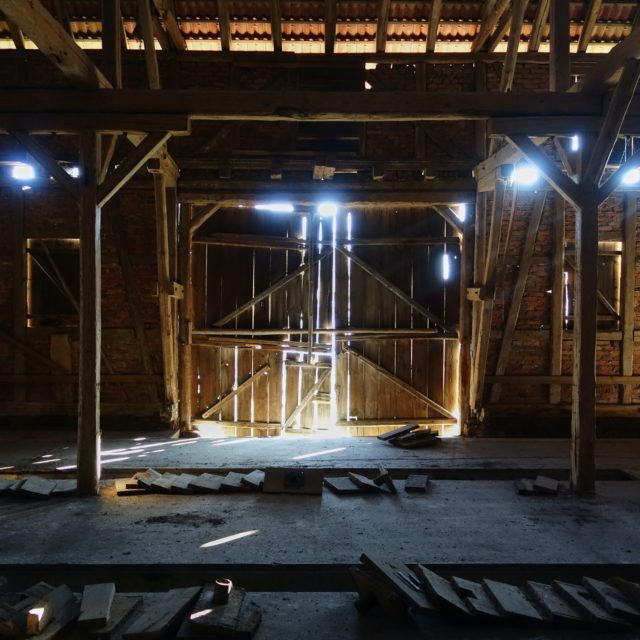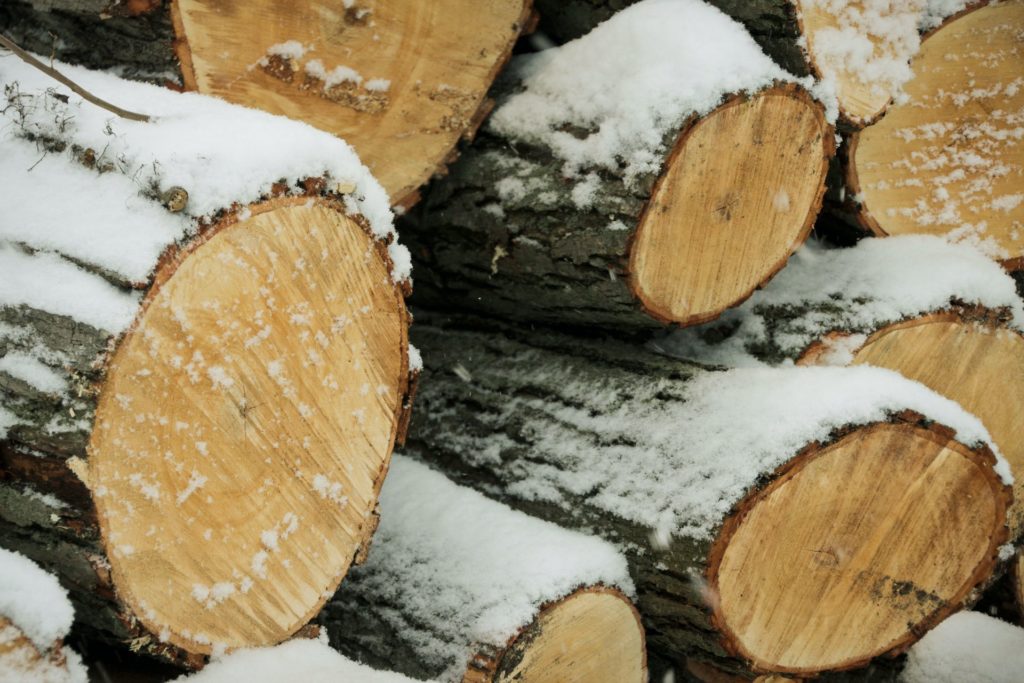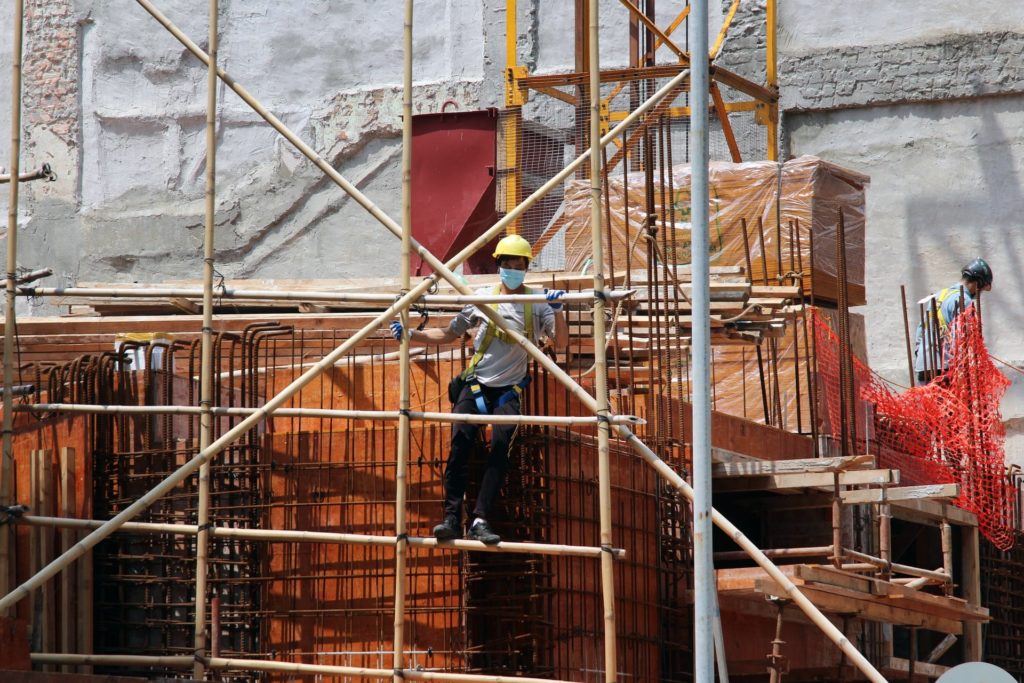What to Know About Building Materials Shortages & Delays

- Written by: jlbmdev

It should come as no surprise that orders and shipments are experiencing a delay across a number of industries. With 75% of companies citing COVID-19 related disruptions in their supply chain and shipping process, it isn’t just your next-day Amazon packages that are experiencing these hold-ups. These disruptions are especially evident in the home and building industry. If you’re reading this, you’re probably all too aware of the ongoing building materials shortages and delays.
But a global pandemic isn’t the only thing that causes building materials shortages, as a number of outside factors routinely contribute to delays and shortages. If you’re a homeowner looking to build or remodel and are frustrated with the hold up, we’re here to fill you in on what exactly causes delays and shortages in building materials.
The biggest contributing factor to the lumber shortage during the COVID-19 crisis is the delay in the supply chain process. 41% of contractors reporting less availability of building products is a severe consequence of the pandemic, which means less available materials for homeowners. But the weather is also a driving – and much more constant – force in affecting the production of building materials.
With winter winding down and snow melting, wet weather makes it harder for harvesters to produce as many loads of wood per day as they could in the dry season. As a result, construction projects like housing renovations and new residential builds are routinely delayed due to inclement weather. If you’re a homeowner looking to do some exterior work on your house and are currently held up due to delays in lumber, we’d recommend looking for a quality wood substitute to speed the process along. Quality wood substitutes for exterior use include:

Weather doesn’t just slow down the harvesting of timber — it also impacts the manufacturing price. Lumber that can be harvested year-round falls within the category of what is called the “wet weather tract”. These are designated areas where timber is easier to harvest because it doesn’t experience as much environmental moisture due to weather conditions. When the typical supply becomes constrained due to weather conditions, the prices go up, a prime example of supply and demand.
While a sellers’ market is good for manufacturers, it doesn’t always make it the most ideal time to purchase materials — hence why the prices of building materials can seem to fluctuate so much. As a whole, lumber prices have continued to rise and, even before COVID-19, experts were expecting high lumber prices.
Despite growing concern over building materials from purchasers and manufacturers alike, the U.S. Chamber of Commerce’s overall Index score for Q4 of 2020 rose to 60, up 3 points from 57 in Q3. All three of the Index’s main indicators rose, meaning:
While these gains are promising, the Index still remains below the score of 74 that the building materials industry was experiencing in Q1 of 2020 prior to the pandemic.
With the unpredictability of 2021 and the rising prices of building products, the pandemic has forced more and more people to stay home. This is cited as one of the contributing factors for the residential construction boom of 2020, something that is likely to continue into 2021.
As the exodus from big cities to more affordable living areas continues, the demand for house remodels, additions, and new construction continues to grow. As a homeowner, you may be looking to add a home office to your house, renovate a basement for a home gym, or even build a new home from the ground-up. To keep up with this demand, many manufacturers are working overtime to keep customers happy in the midst of the building materials shortage.
New construction of single-family homes is set to exceed 1 million in 2021, a number we haven’t seen since 2011. While this is exciting news for many, Robert Dietz, senior vice president and chief economist at the National Association of Homebuilders, is quick to point out that inventory is still below needed levels, and that the pandemic left the industry on uncertain terms. Construction, according to Dietz, is up against the same problem it has been for the past few years: increased lumber prices, limited lot supplies, supply chain issues, restrictive zoning laws, costly permits, and a skilled labor deficit.
Still reeling from the pains of the Great Recession, the sizable exit of 1.5 million workers (who either lost their jobs or quit) has been steadily reduced by adding about 900,000 jobs to the industry, but the shortage is still painfully evident, resulting in delays. All of this means delays for homeowners looking to add-on to their current living space as well as prospective homeowners looking to build a place they can call their own.
Some of the primary factors that contribute to construction project delays are:
As we briefly touched on, one of the biggest challenges presenting itself to the construction industry (and therefore, project completion time) is the labor shortage, brought about chiefly by the Great Recession.

A promising study produced by an economist at George Mason University found the reason behind young adults not entering the construction industry may be more a matter of perception than anything else. Young adults, at large, don’t see the skilled trades as a viable, good-paying career. But as the cost of college continues to rise, the promise of a career with growth and few barriers to entry may continue to entice the younger generation to consider entering trades like construction.
While steady growth won’t have a massive impact on the industry overnight, more skilled labor in the workforce means fewer hold ups for homeowners looking to complete projects.
Weather, as we touched on in the building materials shortage section, is another contributing factor that routinely delays construction projects. Extremely hot or cold days can slow the production of work, and heavy rain or snow can push jobs back by days. This, coupled with rising cases in COVID-19 during flu season, means even more delays, as 64% of businesses say worker health and safety is a top concern.
If you’ve ever had a project on your house delayed or pushed back because of weather, you know just how frustrating mother nature can be. Because of this, we recommend – if possible – to pad your schedule with a contractor as best as possible. If other major events in your life are dependent upon the completion of your new home, you may be setting yourself up for unneeded stress if the project experiences delays. By allowing yourself some breathing room with a flexible schedule, you can stay on track and still prepare, as best as possible, for the unexpected.
When it comes to delays in receiving the necessary building materials, it’s important to directly address the “gorilla in the room”: COVID-19. Certainly, this has caused the biggest disruption in the availability of materials in over a decade.
One of the primary reasons for the disruptions in the building products supply chain stems from the COVID-enforced global lockdowns we’ve experienced. As a homeowner, it’s easy to forget the fact that your shed’s metal handle may be manufactured in China and the lumber for the exterior produced in Oregon. If any of the factories or manufacturing companies for these materials have been shut down or are experiencing delays themselves, the whole supply chain is thrown off, and the wait time can be extended by weeks or even months.

A lot of factors play into the building materials shortage we’re experiencing. Old problems don’t let up when new challenges present themselves, and manufacturers, distributors, and contractors alike are working together as best they can to help homeowners receive the needed materials and move on with their building projects.